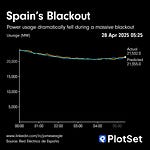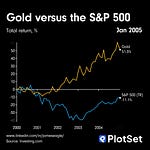How did you meet your spouse? Times have changed and this data visualisation shows just how much this is true.
In 1930, Sarah met John at a family gathering, their eyes meeting across a candle-lit living room. Fast forward to 2024 and Emma swipes right on David's profile, their first interaction mediated by algorithms. This encapsulates a century of change in how couples meet – a transformation mirroring our evolving culture and technology.
Family ties and school days (1930s-1950s)
In the 1930s, romance was local. Family played matchmaker, with nearly 23 percent of couples meeting through relatives. Schools became the second most common meeting place. Even as World War II reshaped lives in the 1940s, trusted circles still introduced future partners.
Counterculture and freedom (1960s)
The 1960s ushered in a seismic shift. Traditional pathways gave way to spontaneous connections in coffee houses, music festivals and protest marches. The birth control pill and women's liberation movement revolutionised romantic freedom. Iconic events like Woodstock symbolised this new era of connection.
College campuses transformed from bastions of strict social rules to hotbeds of new relationship dynamics. Co-ed dorms and relaxed regulations facilitated casual meetings. Dating evolved from formal courtship to relaxed group activities.
Chance encounters and office romance (1970s-1980s)
The disco era turned nightclubs and bars into romantic battlegrounds. Films like "Saturday Night Fever" showcased dance floors as arenas for courtship. By 1980, 20 percent of couples reported meeting in bars or restaurants.
Simultaneously, the workplace emerged as a key site for budding relationships. More women in professional fields increased opportunities for office romance. By 1992, nearly 20 percent of married couples had similarly met at work.
The digital revolution (1990s-present)
The 1990s saw the rise of speed dating and personals ads, foreshadowing the digital age. The launch of match.com in 1995 marked the beginning of online dating's dominance.
Today, over 60 percent of couples find each other online, eclipsing all other methods. This shift has fundamentally altered how relationships form, relegating traditional meeting places to history.
The question is whether or not this is good or bad? Only time will tell.













Share this post